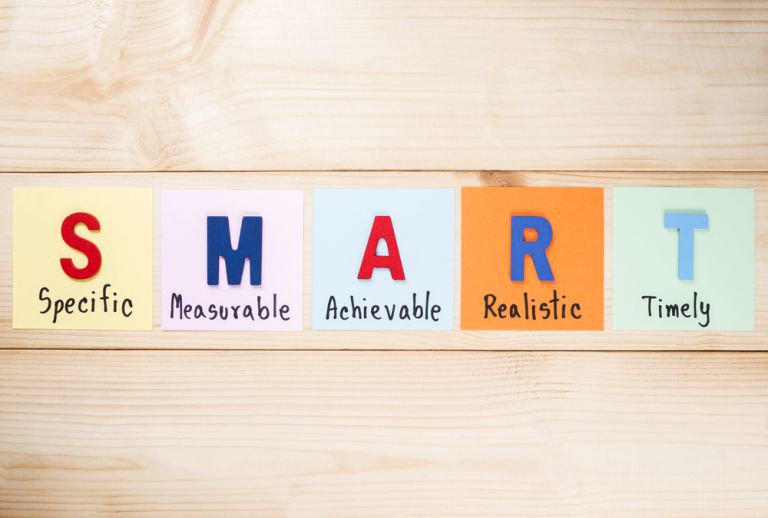
Home » Teaching- MAIN » Teaching -Outcomes, Objectives and Topics
Outcomes
- Definition: Outcomes are the broad, overarching goals that describe what students should be able to achieve by the end of the course. They focus on the long-term impact of the course and often reflect the skills, knowledge, or attitudes that students are expected to develop.
- Purpose: Outcomes guide the overall direction of the course and are used to assess its success. They are typically framed in terms of what students will be able to do or demonstrate after completing the course.
- Example: “By the end of this course, students will be able to critically evaluate ethical issues in modern business practices.”
Objectives
- Definition: Objectives are specific, measurable actions that students need to accomplish during the course to achieve the desired outcomes. They break down the outcomes into smaller, actionable steps that students will work on throughout the course.
- Purpose: Objectives provide clear guidance on what students need to learn and how they will be assessed. They are often tied to individual lessons or modules and serve as milestones that help students progress toward the overall outcomes.
- Example: “Students will be able to analyze case studies to identify ethical dilemmas in business scenarios.”
Topics
- Definition: Topics are the subjects or themes covered in the course. They represent the content areas that students will explore to meet the objectives and ultimately achieve the outcomes.
- Purpose: Topics organize the course content and structure the learning experience. They are often arranged in a logical sequence that builds upon previous knowledge and leads to the fulfillment of the objectives and outcomes.
Characteristics:
- Broad and General: Cover a wide area of content related to a subject.
- Content-Centered: Focused on the material that will be taught rather than specific outcomes.
- Organizational Framework: Serve as a way to structure the course content and guide the sequence of lessons.
- Subject Matter: Encompass the themes, concepts, or categories of knowledge in a course.
- Example: “Introduction to Business Ethics,” “Corporate Social Responsibility,” “Ethical Decision-Making Models.”
Summary
- Outcomes are the broad goals of what students should achieve by the end of the course.
- Objectives are the specific, measurable steps that students need to complete to reach those outcomes.
- Topics are the content areas that structure the course and provide the information needed to achieve the objectives and outcomes.
These elements work together to create a cohesive and effective learning experience, with each serving a distinct but interconnected purpose in course design.
Consider the SMART acronym when formulating measurable, module-level objectives. You may be aware of the use of SMART goals in organizational structures for businesses, but did you know that the same techniques can be used to create learning objectives? The SMART acronym has been used in education to develop goals more effectively.

All course content, learning activities, interactions, and assessments should align with these objectives/outcomes. These relationships should be clearly explained to provide learning relevance to the learners (Knowles, 1984). Objectives should address what learners need to know when they complete the module, course, or program, and aligned activities and assessments should showcase how learners have achieved those objectives. Keep in mind that well-written learning objectives are made up of four parts:
• The identity of the learner
• The skill that you want the learner to demonstrate
• The conditions under which the learner will demonstrate that skill
• The criteria in place to measure mastery of that skill.
As you create your student performance objectives, remember to address the various levels within the cognitive domain. Bloom’s Taxonomy of Educational Objectives – Cognitive Domain can help with this effort. The six areas from the lowest level of cognitive performance to the highest are as follows:
• Knowledge (mere recall of information)
• Comprehension (students are familiar with the meaning of the information to the extent of being able to make some use of it)
• Application (the act of applying some abstraction to a new or unique concrete example)
• Analysis (ability to break down an idea into its constituent elements or internal organizational principles, and to perceive relationships among those elements or principles within one “whole” or between several “wholes”)
• Synthesis (creation of something new from previously existing elements or principles)
• Evaluation (formation of a judgment and the justification of that judgment by reference to facts, examples, or specific criteria)
Building your Learning Objectives
The following Objective Builder guides you through a detailed process to craft measurable learning objectives across the cognitive, affective, or psychomotor domains. These objectives are structured using the CABD model, which stands for Condition, Audience, Behavior, and Degree.
To use the Objective Builder, simply follow the step-by-step prompts. Start by defining the Condition under which the learning will occur, then identify the Audience for whom the objective is intended. Next, specify the desired Behavior that learners should demonstrate, and finally, determine the Degree of performance that will indicate mastery. This tool ensures that your learning objectives are clear, specific, and aligned with educational goals.
objective-builder/LICENSE at master · ucfopen/objective-builder · GitHub
References
Knowles, M. (1984). Andragogy in Action. San Francisco: Jossey-Bass.
.
